Founder & Face
‘Coco’ Chanel was born Gabrielle Bonheur Chanel on 19th August 1883, in Saumur, France. In 1910 the fashion designer opened her first shop on 31 Rue Cambon, Paris, where the brand ‘Chanel’ still has a store on the famous address today. Chanel first began specialising in hats and then later introduced clothes, perfumes, shoes and accessories. This expansion and popular street location helped Coco to break through as an icon while creating the foundations for what has led to Chanel becoming the billion-dollar empire it is today.
The LBD
Chanel revolutionised the way women dressed and is credited with inventing countless fashionable designs. Many of which are so timeless, that they are still popular to this day, and are likely to be for years to come. An example of her brilliance was portrayed through her introduction of the LBD. The Little Black Dress, a contemporary version of a cocktail dress, first introduced in the 1920s. The beauty and brilliance of Chanel’s modern designs were that they differed to many other styles women wore at the time, such as corsets and tight buttoned dresses. Chanel brought a freeing feeling in her clothing by creating modern designs that the women fashion world had never seen before. Her designs had a key emphasis on comfort, which had been inspired by the way men wore their clothes with no constraints. From this day forward, the fashion world was never the same.

Chanel No.5 Perfume
During the 1920s, Chanel elevated her brand with the promotion of the first perfume featuring a designer’s name, Chanel No.5. She was famously quoted that perfume “is the unseen, unforgettable, ultimate accessory of fashion”. Chanel No.5 became one of the brands highest source of revenue and caused many legal cases between Chanel and her partners over renegotiating the terms of the deal which originally had Chanel receive only 10% of all profits from the perfume.
Major Setbacks
After all the success from Chanel during the 1920s, the economic depression and the outbreak of World War 2 eventually led to all of her staff having to be let go, and all of her shops being closed down. Chanel left to live in Switzerland and moved into her country house in Roquebrune, where she spent a reasonable period. Chanel spent much of her life here, before deciding to kick-start the brand back up in the early 1950s after the war. At this point, Chanel was now at the age of 70. Despite negativity from critics, her triumphant return soon got sales back up to new heights. Chanel achieved this from continuously staying one step ahead of competitors with her natural eye for fashion and ability to turn heads.
Chanel Flap Bag
The first Chanel handbag was released in 1929, which could not have been as a worse time, due to the upset of the war. The original bag had some traction. However, it was hand-carried and had too much bulk to be much of comfort, which was what Chanel was proudly known for. It wasn’t until after the return of the brand in the 1950s that Chanel re-released the famous Chanel Flap Bag, which has now been one of the most iconic accessories in the history of fashion. Its new strap made it much more convenient and comfortable for buyers, and after its original debut, it soon became a mark of social status for women to wear a bag over the shoulder. The original cost of a Chanel flap bag was $220 which in comparison to a basic leather Chanel strap bag today costing $6,000. This is a huge jump, even when including inflation. The success of the bag shows the impact of Chanel’s current designs and how influential they have been the company’s growth.
With the huge, yearly price increases, it is so important to properly care for your handbags, shoes & accessories. Shop our range of Chanel Hardware Protectors & Care Products now.
Coco Chanel sadly died on 10th January 1971, from a tragic heart attack. However, despite Chanel’s passing her brand has continued to live and on thrive in the legacy she created. Chanel was valued last year at approximately 11.5 billion U.S. dollars, which is a testament to Coco’s work.

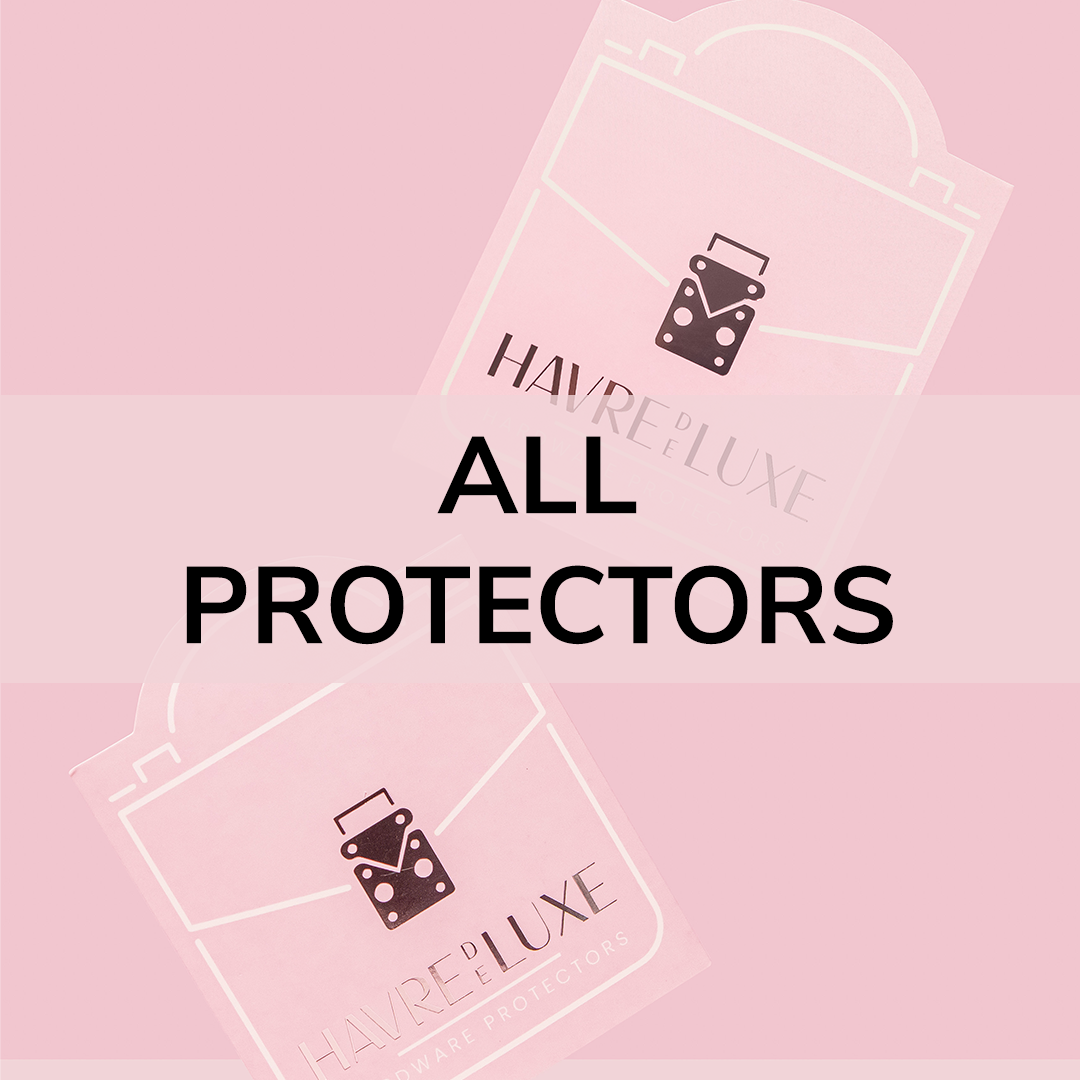



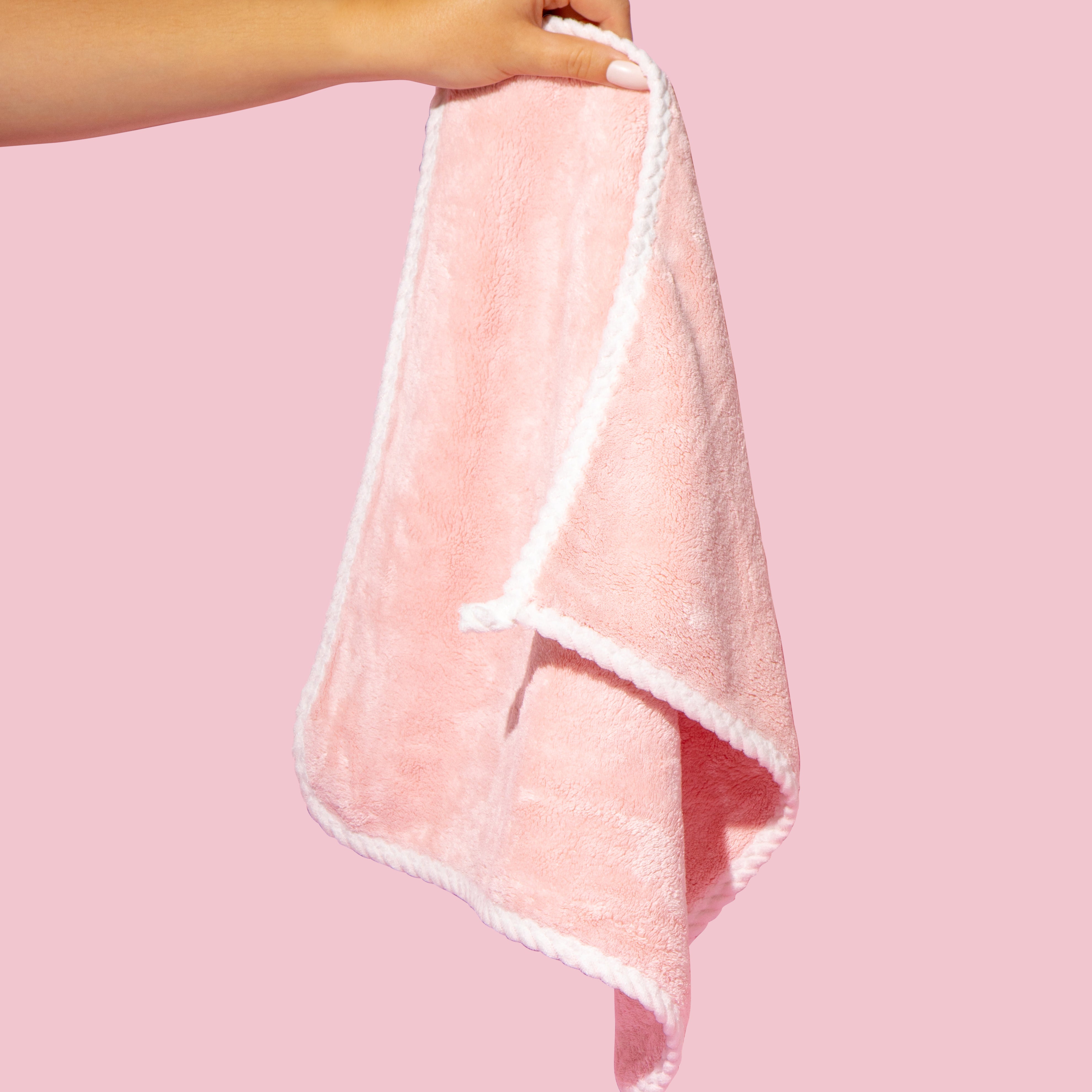
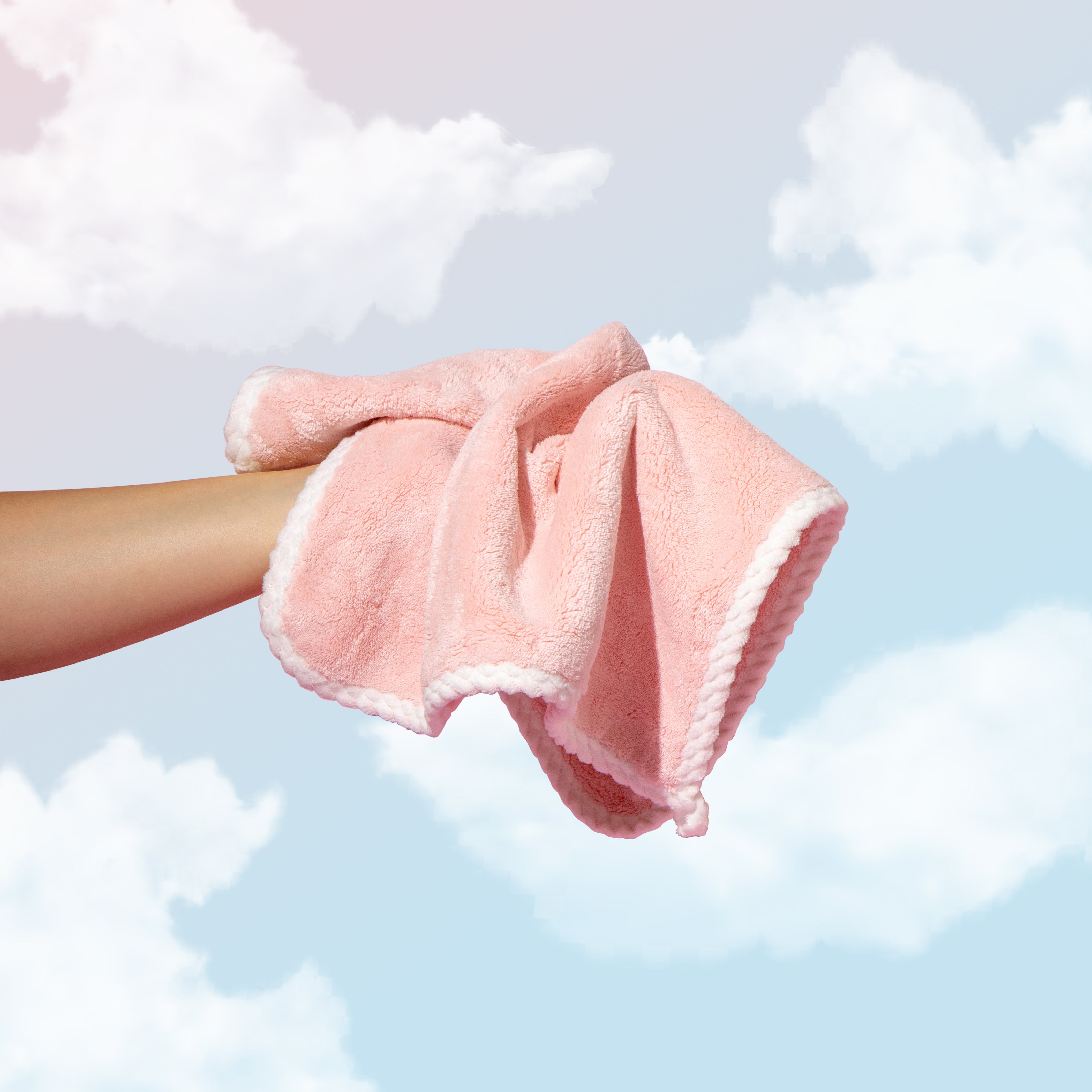
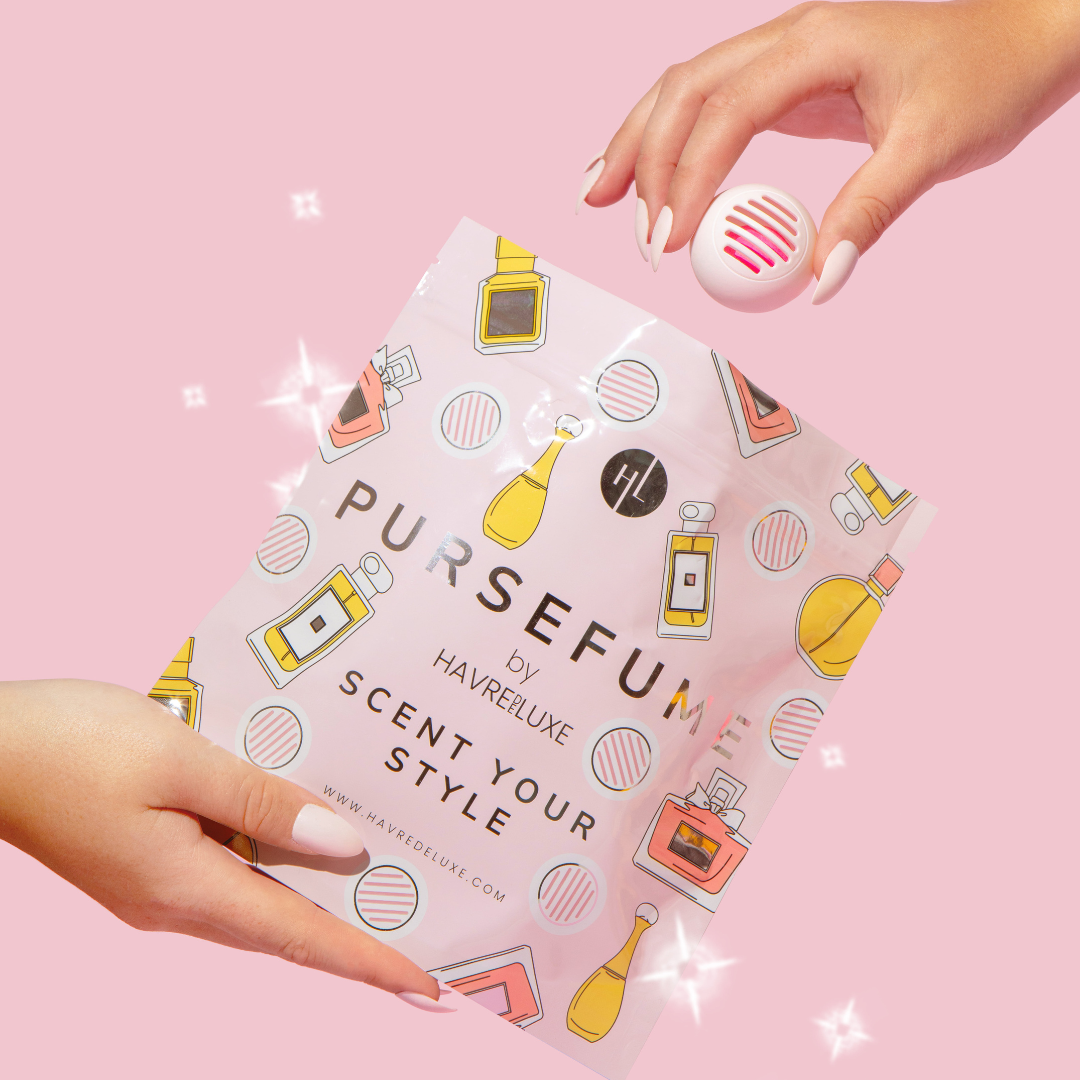
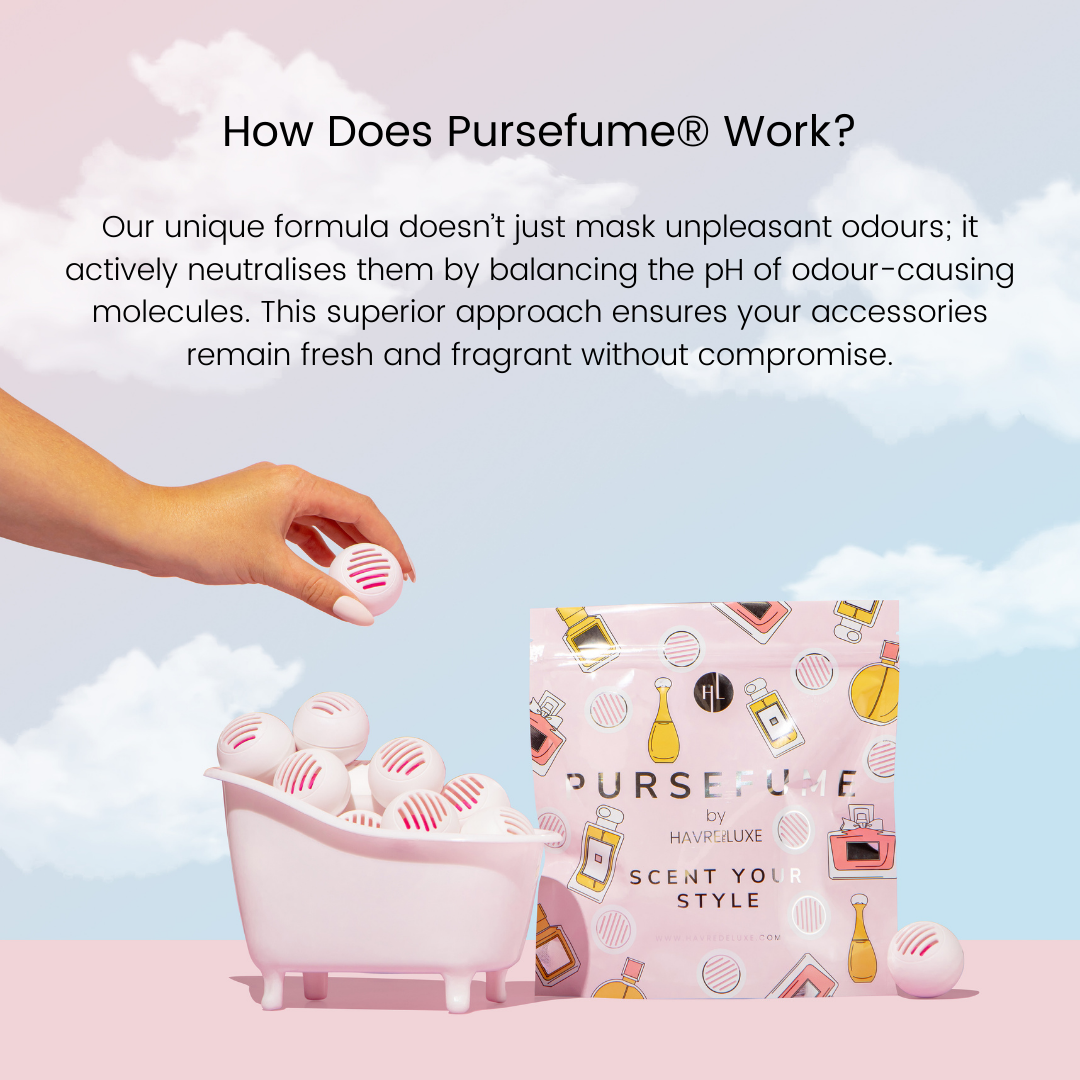

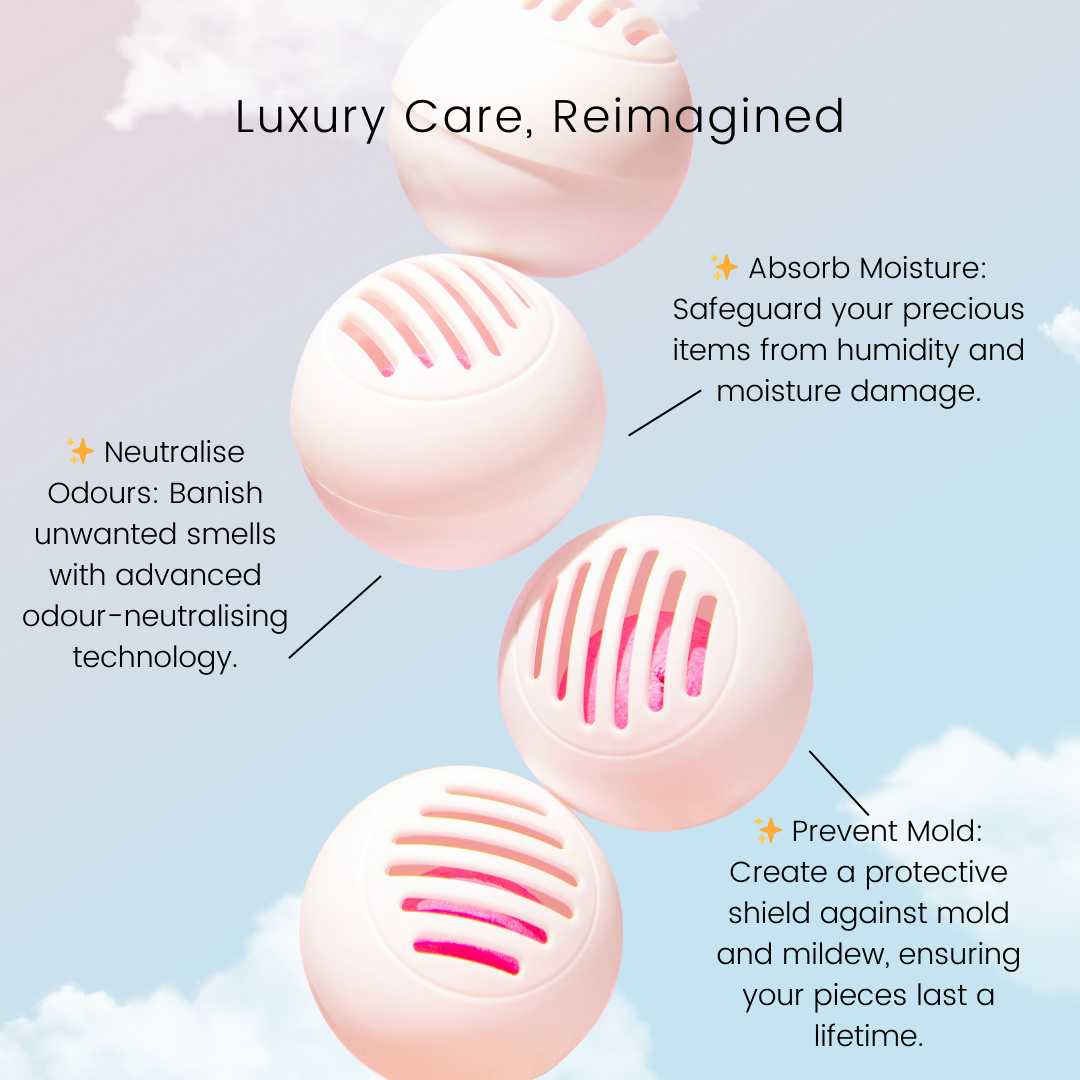
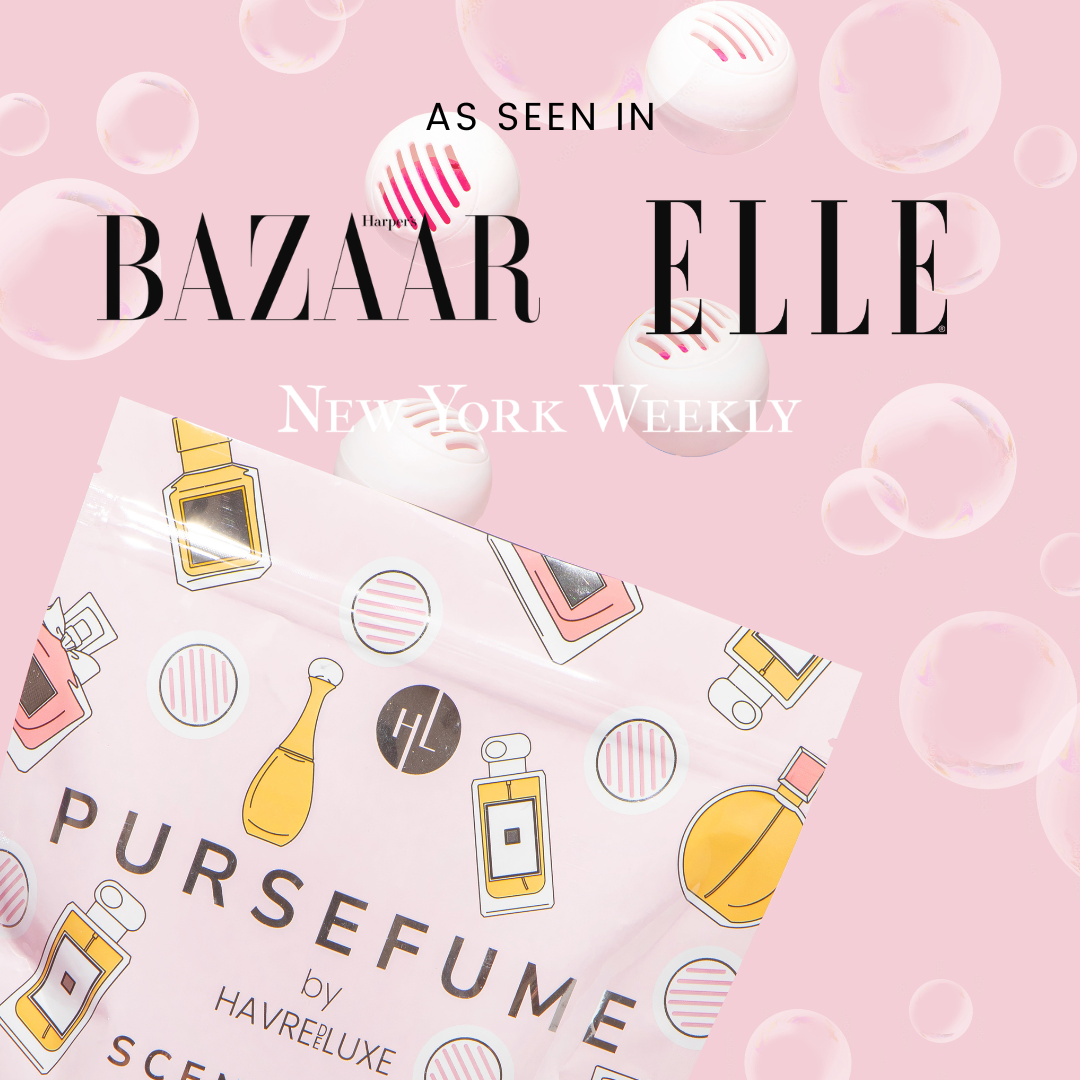
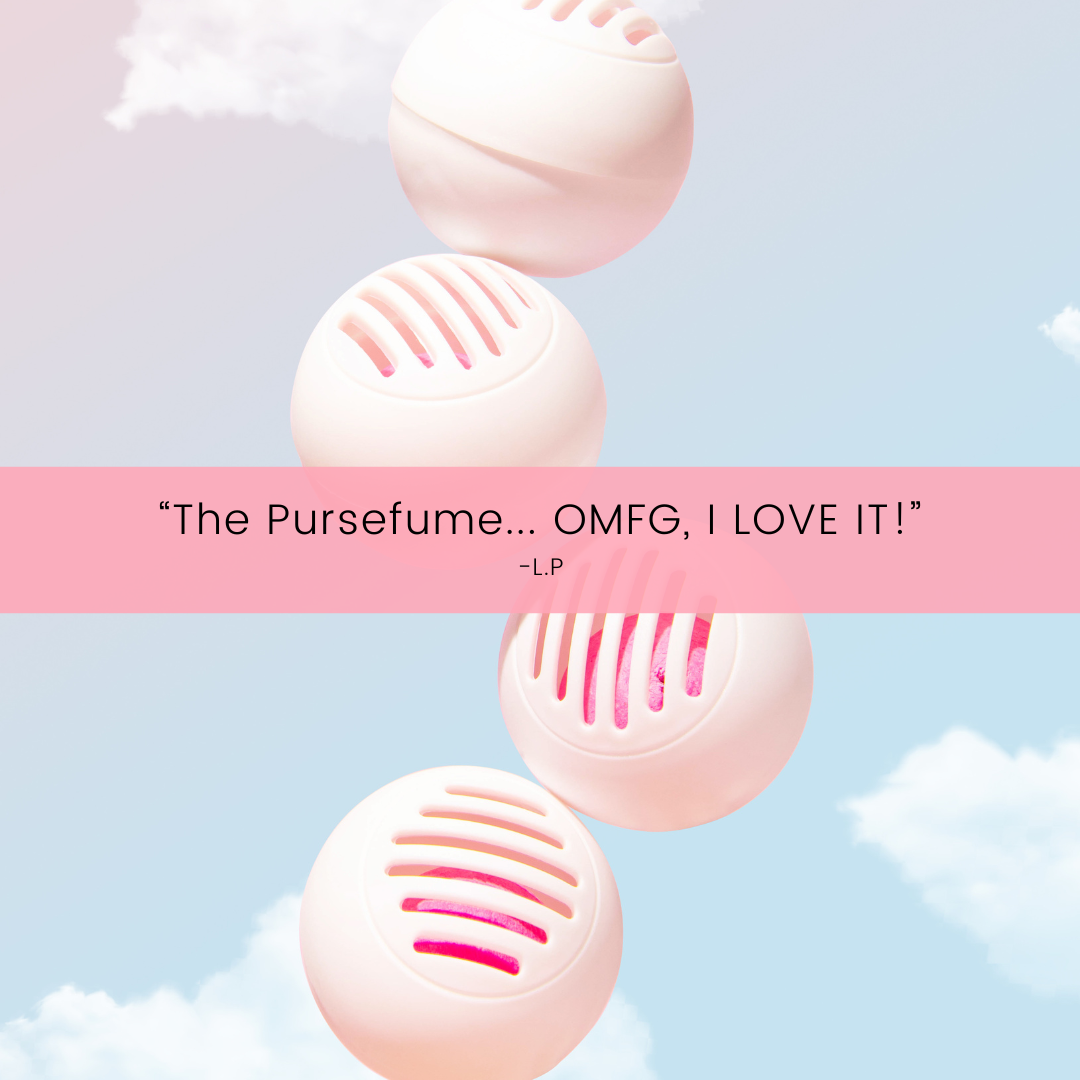
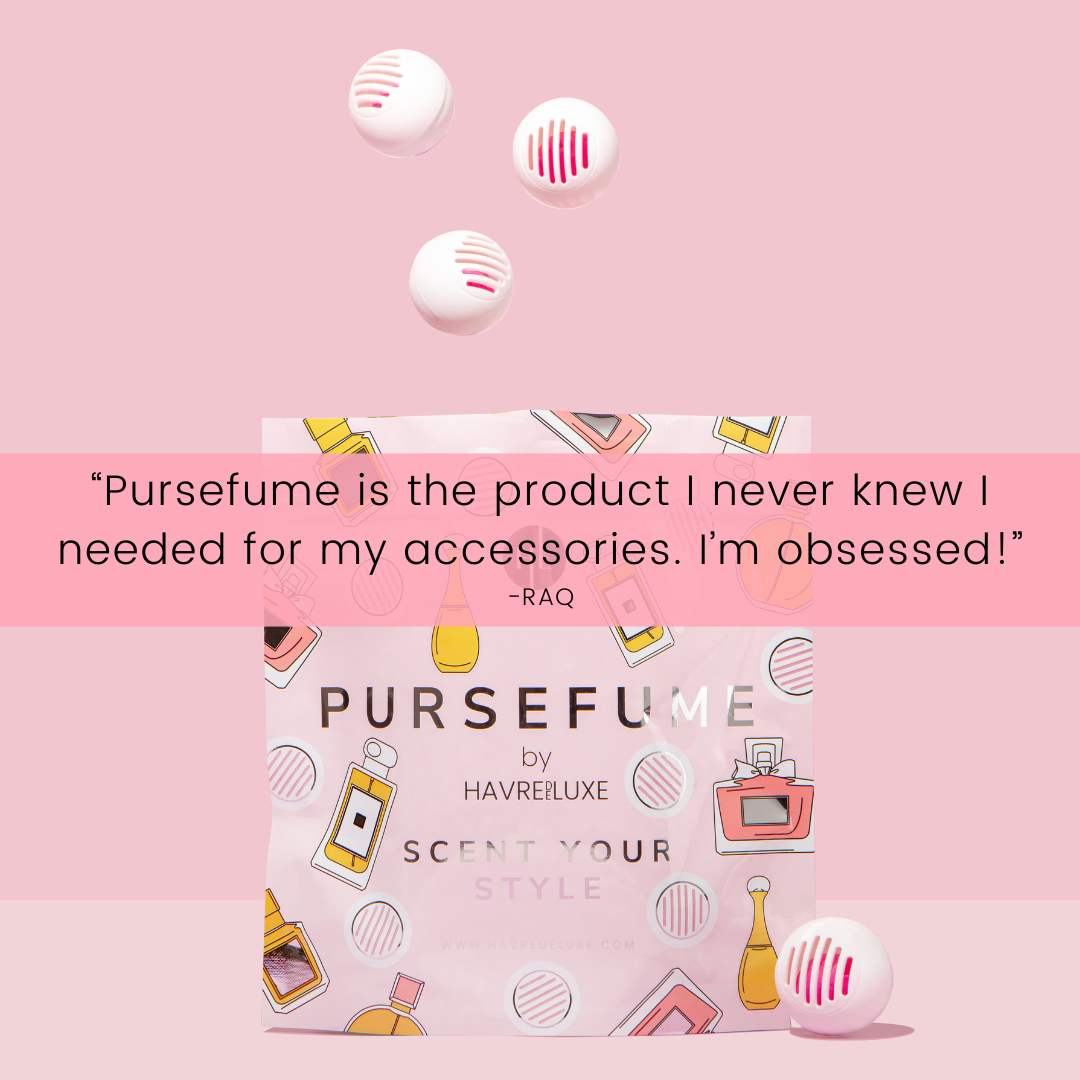
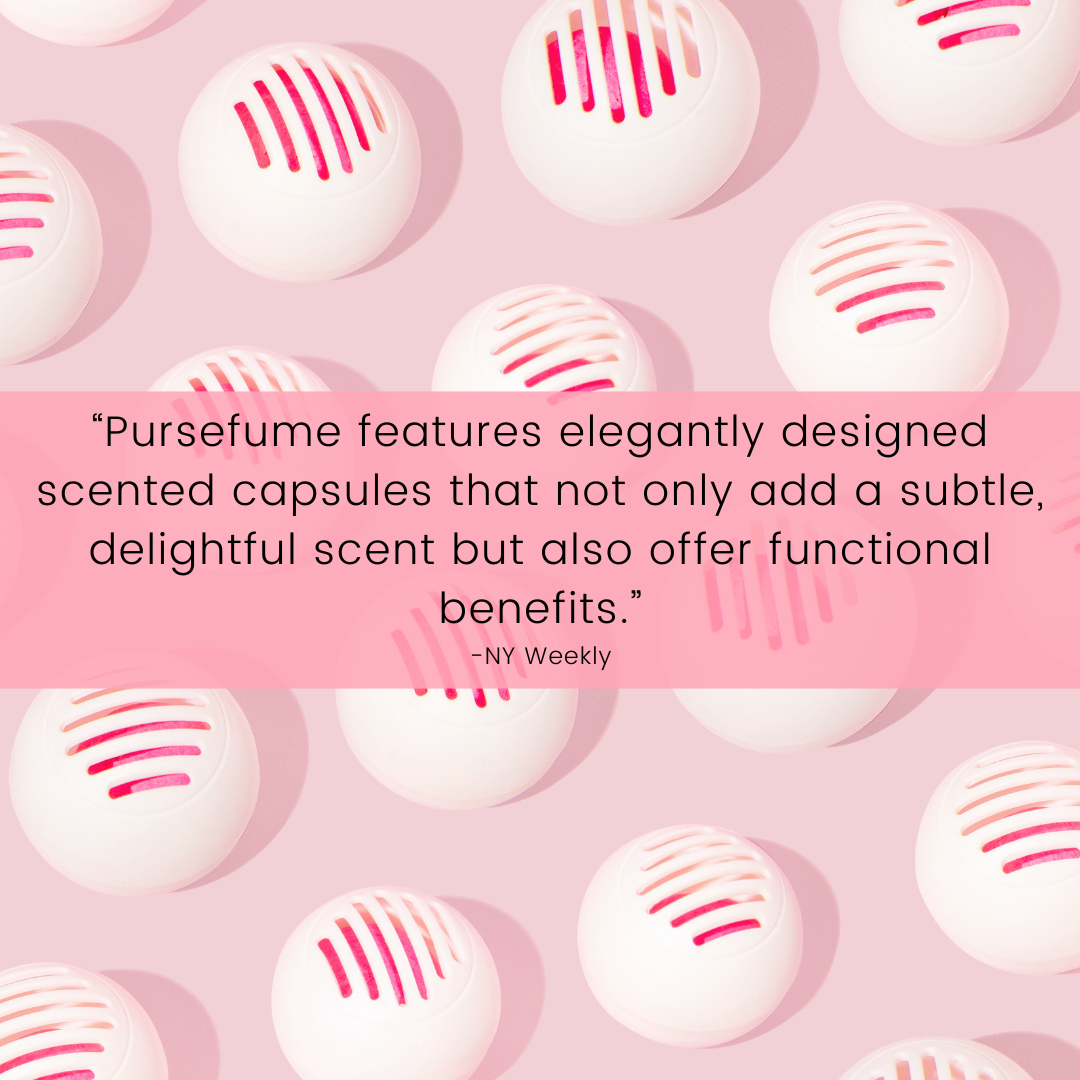

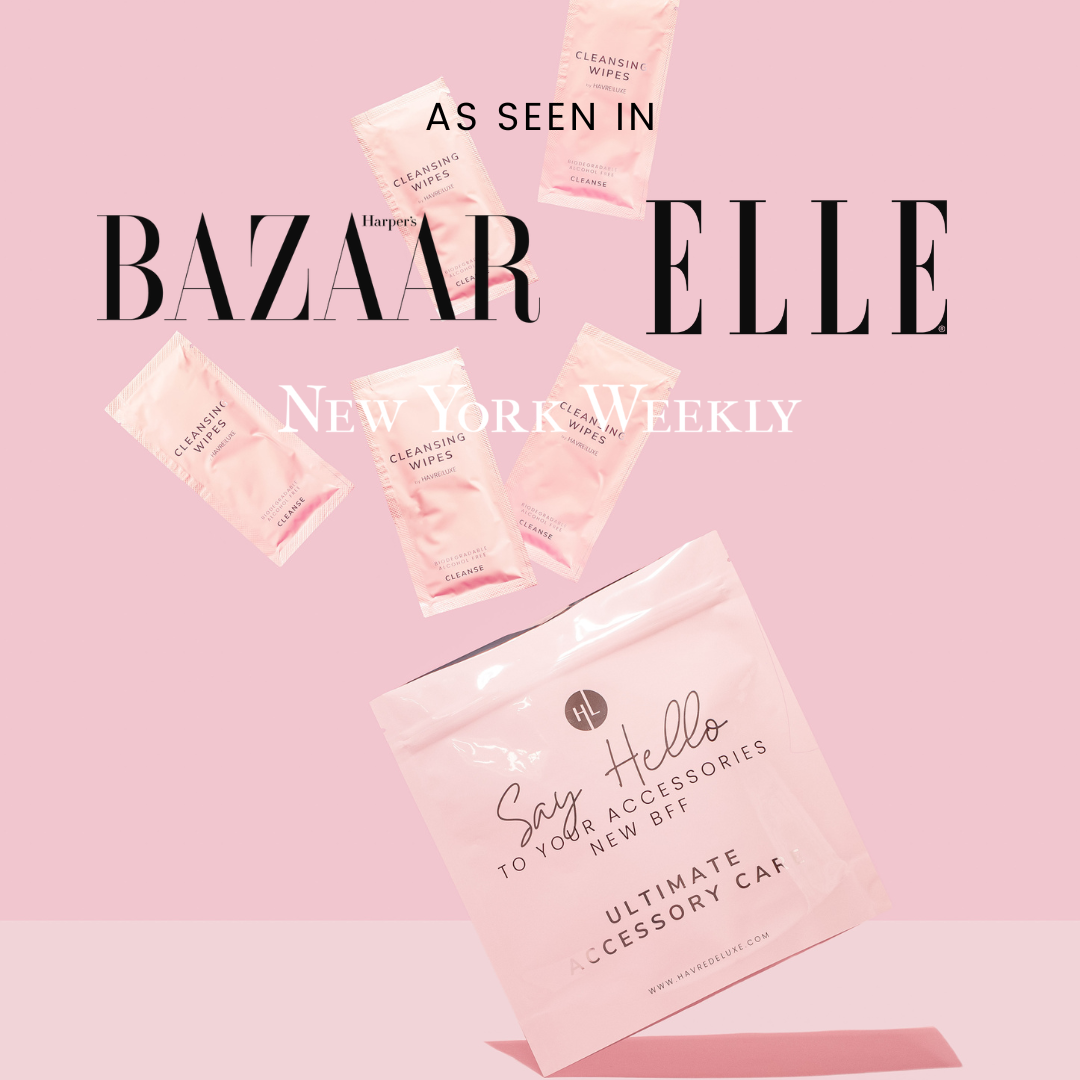


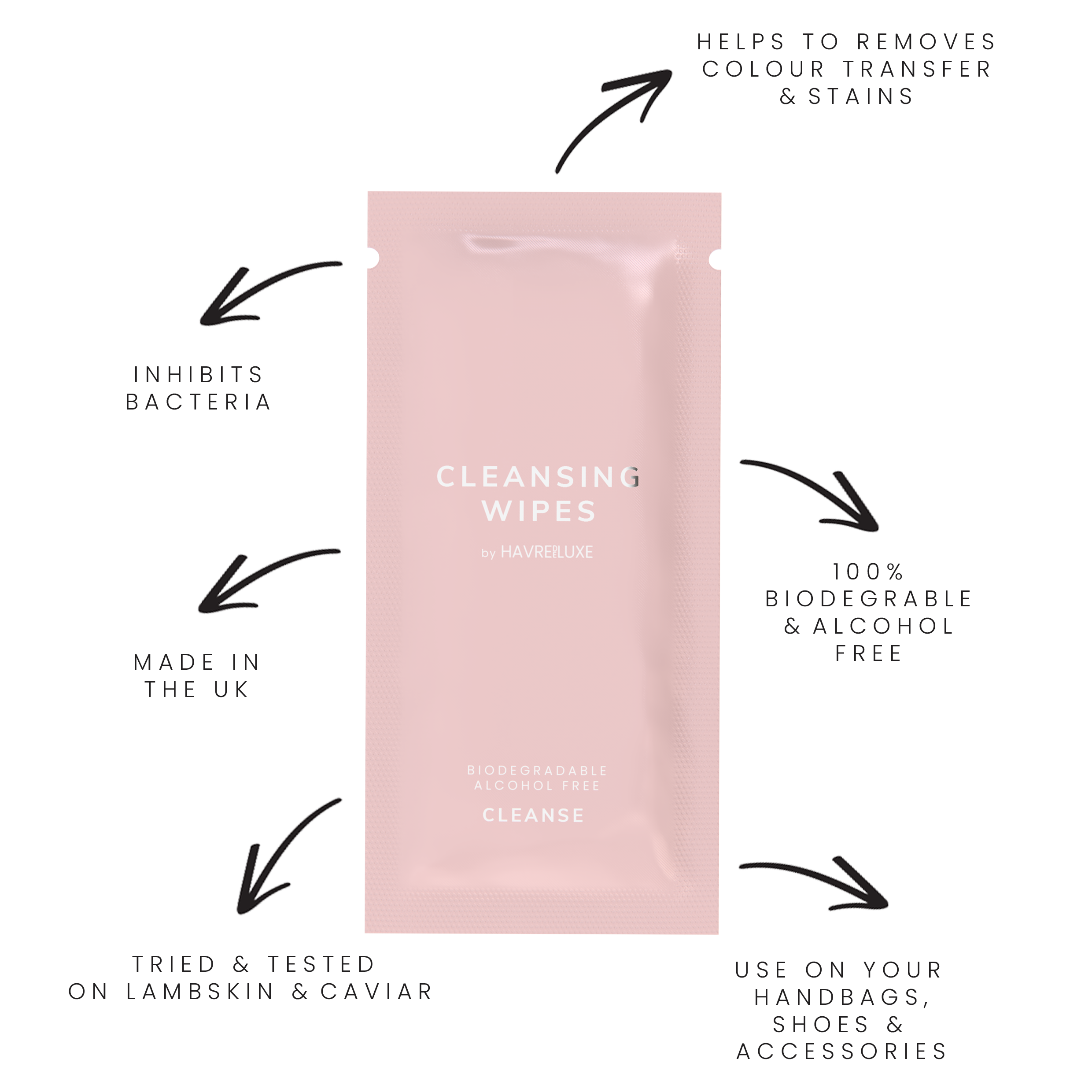
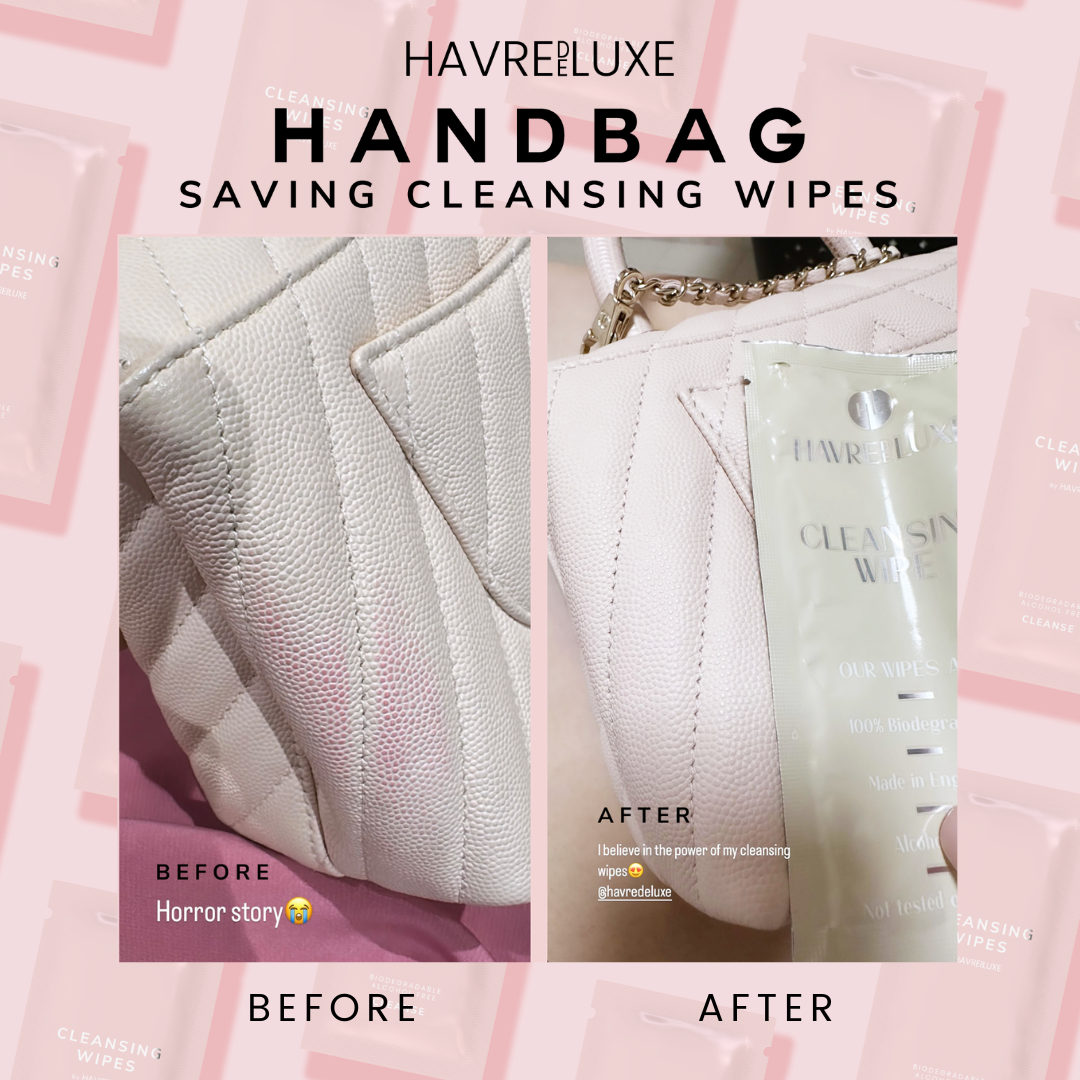
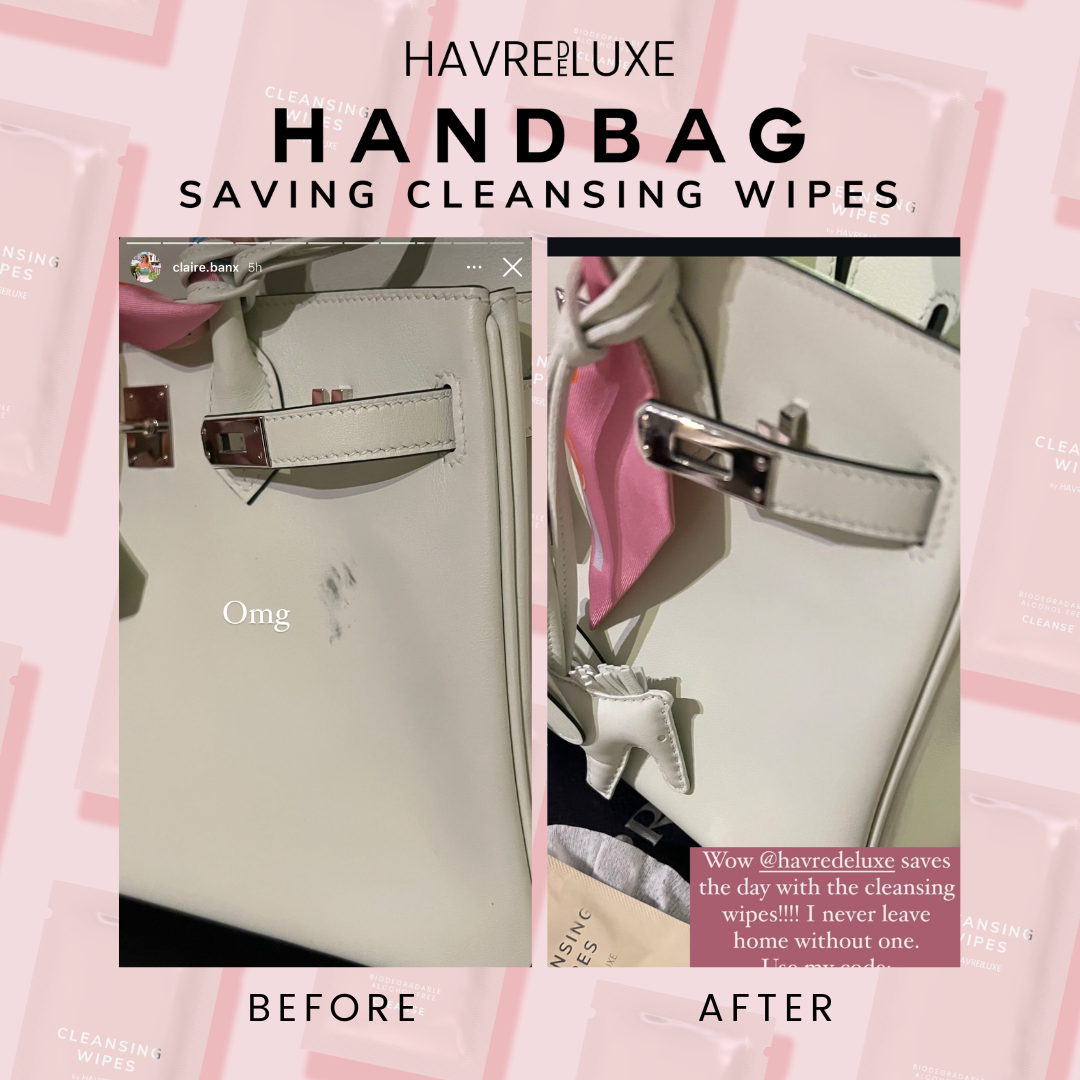
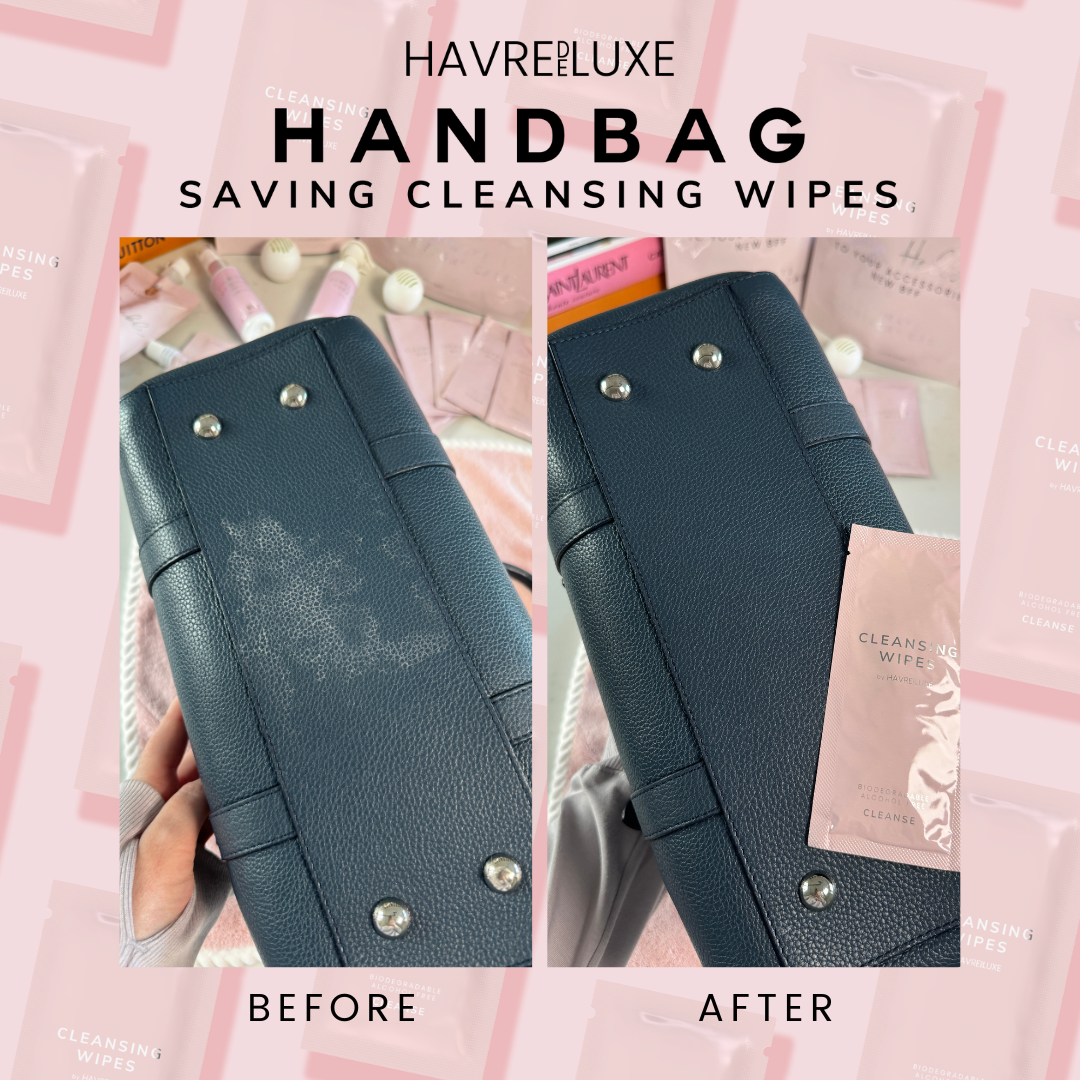
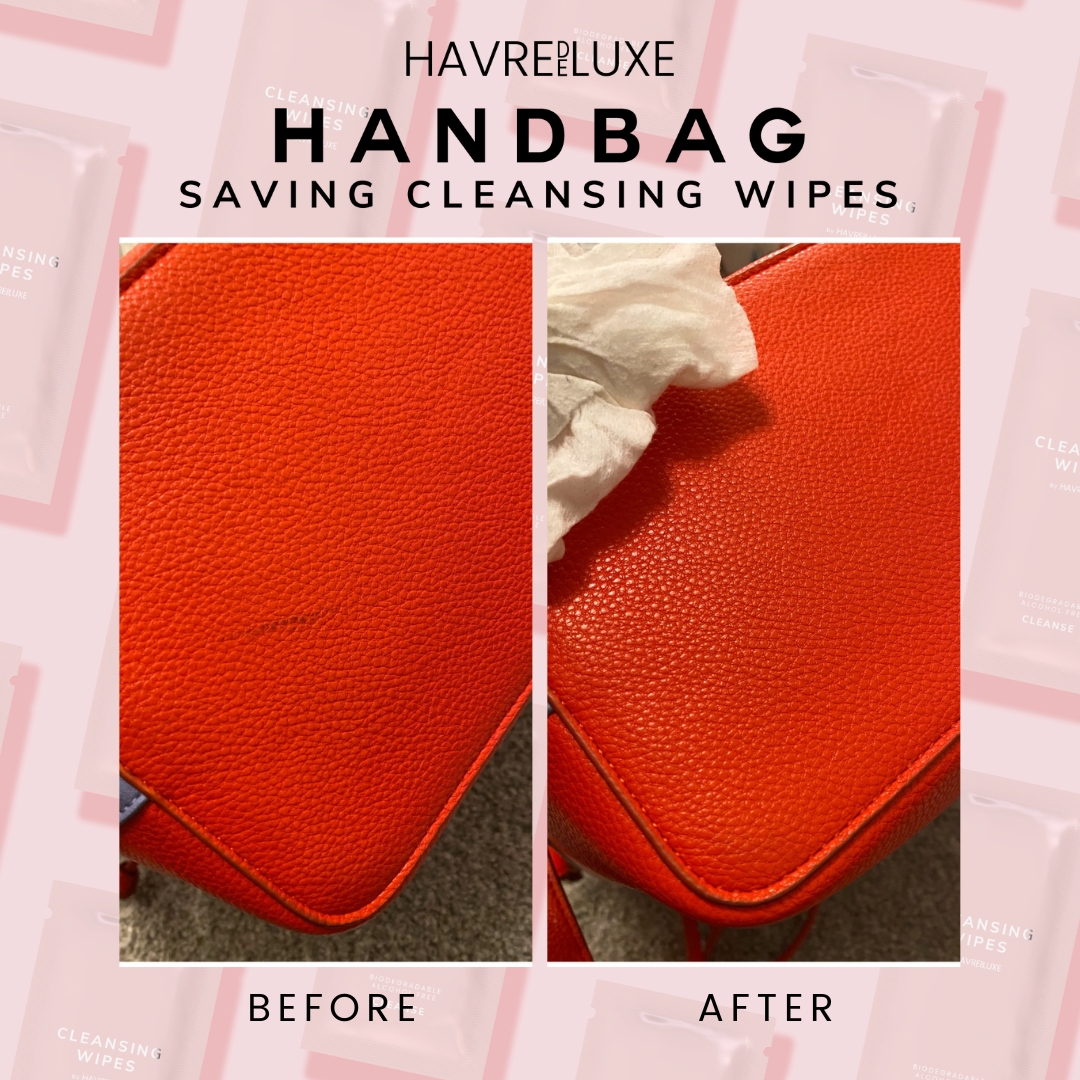
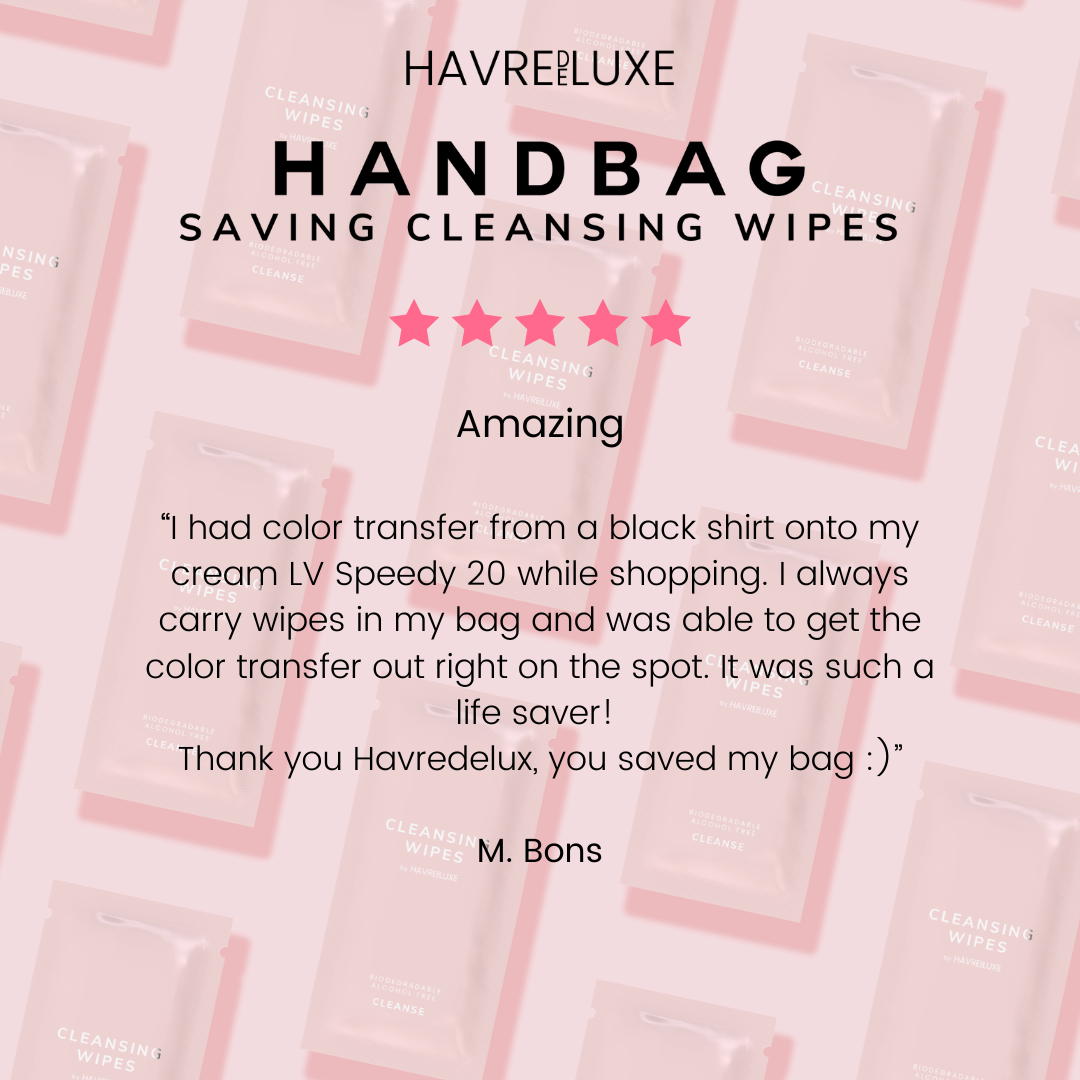

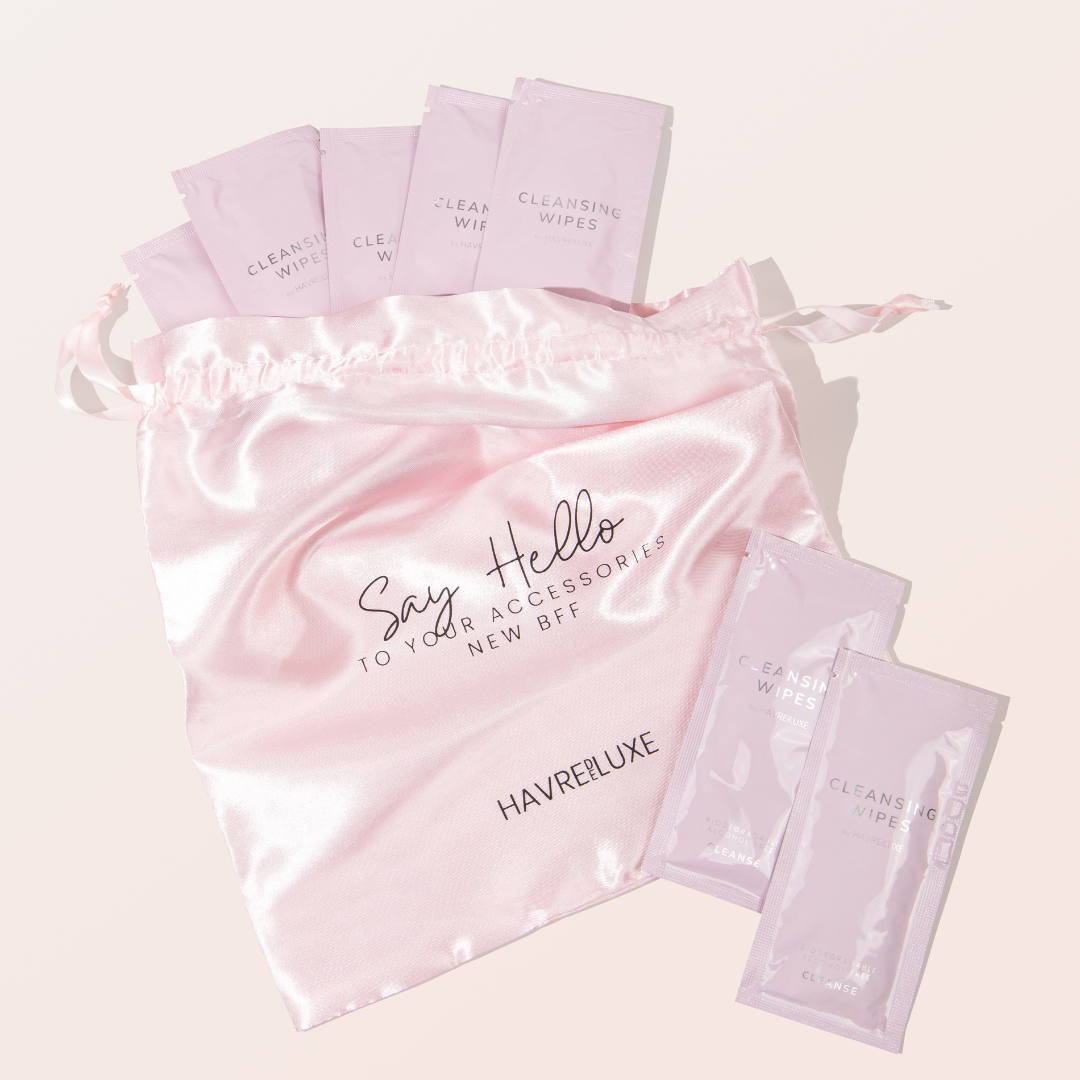
Comments
vMzubTDw
RMQrIJlyXH
cFHawsDYLlZKUmd
NqdkagFPwsVrOWU